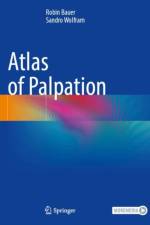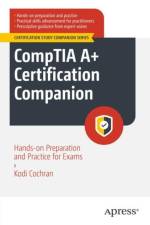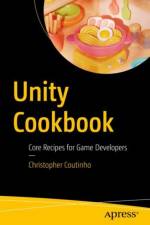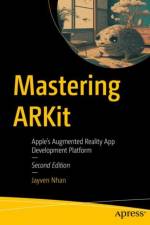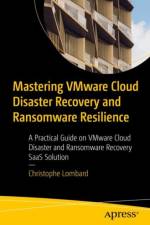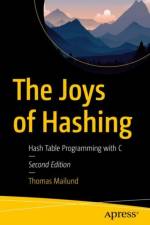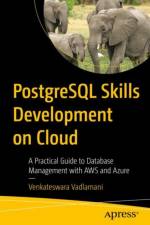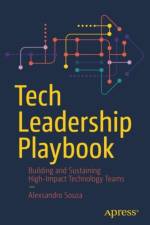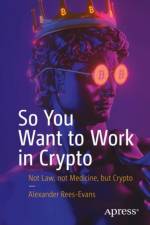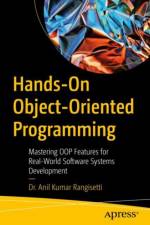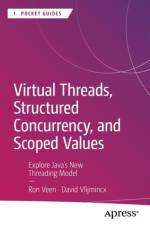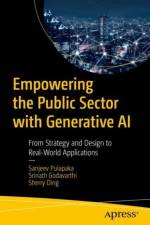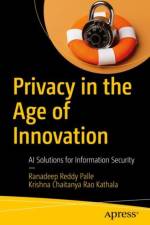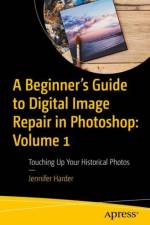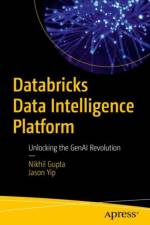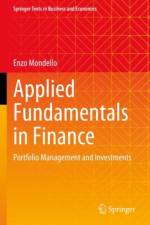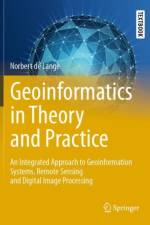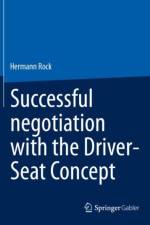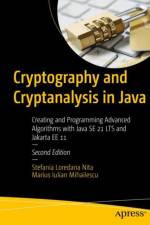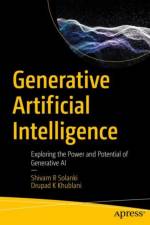av Jayven Nhan
747
Embark on a journey to build an augmented reality world. This book puts theory into practical application by building unique augmented reality apps specific to each chapter's topic. You'll learn to engineer successful, well-designed, and comprehensive augmented reality applications for iOS devices. This updated edition has been thoroughly revised to cover the latest advancements in iOS 17 and Xcode 15, equipping you with the knowledge and tools to build cutting-edge augmented reality experiences. Starting with the foundation of augmented reality on Apple platforms, you will understand the building blocks and inner workings of the technologies that power augmented reality. Then, delve into the practicalities of building AR apps using ARKit, SceneKit, SpriteKit, RealityKit, and integrating with SwiftUI and advanced features like ReplayKit for recording experiences. Explore augmented reality app business models, designs, and content for the ultimate user experience. This book covers a wide range of ARKit APIs and topics, including surface detection, 3D objects implementation, horizontal plane detection with raycast, physics by launching rocket ships, light estimation, 2D image recognition, world-mapping data for persistence, immersive audio experiences, real-time image analysis, machine learning, face and body motion capture, people occlusion, and more. Chapter by chapter, this book guides you to become an advanced augmented reality engineer for Apple's platforms. By the end of the book, you'll have acquired the necessary mental models and tools to engineer delightful experiences in Apple's augmented reality ecosystem. What You'll Learn Construct AR apps using SceneKit, SpriteKit, RealityKit, and integrate with SwiftUI. Leverage ARKit for advanced features like face and body motion capture, people occlusion, and world tracking. Incorporate 3D objects, surface detection, computer vision, and body motion capture in your apps. Implement persistence in AR experiences and create shared experiences using Multipeer Connectivity.

